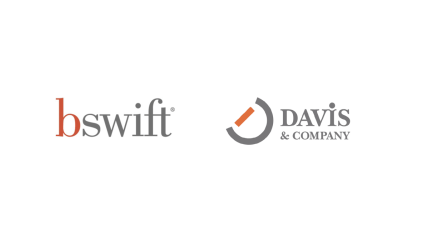
When it comes to communicating with a global workforce, it’s often a challenge to help employees understand the key points right away. Icons—those simple graphics or symbols that speak a universal language—are the solution.
During your last visit to the airport, think about how much you relied on icons to help you find the departure level, the baggage claim and the men’s/women’s room. Icons are a shorthand that help us get to the right place quickly, whether we’re in Chicago or Hong Kong.
And the same is true with your communication materials. Icons are a useful way to point employees to critical information. They can provide clues about content or help employees find a particular topic when they need details.
Although icons are simple to understand, they’re a challenge to create. Next time you have to develop a set of icons for a communication project, try this 3-step process with your team:
![]()
 1. Brainstorm key words. Start by brainstorming a list of key words that your icon should communicate. For example, if you were developing an icon to represent HR Benefits, your key words might include: coverage, protection, health, security, savings and retirement. Ideally, you should have between 10 and 20 words. Edit the list if you have more.
1. Brainstorm key words. Start by brainstorming a list of key words that your icon should communicate. For example, if you were developing an icon to represent HR Benefits, your key words might include: coverage, protection, health, security, savings and retirement. Ideally, you should have between 10 and 20 words. Edit the list if you have more.
![]() 2. Brainstorm images. Now it’s time to brainstorm a list of images that communicate your key words. Some of the images may cover one or more words, while others will relate to only one word. Continuing with our Benefits example, images might include: an umbrella (coverage, protection), apple (health) or piggy bank (retirement). When you’re done, have the team select its top three choices.
2. Brainstorm images. Now it’s time to brainstorm a list of images that communicate your key words. Some of the images may cover one or more words, while others will relate to only one word. Continuing with our Benefits example, images might include: an umbrella (coverage, protection), apple (health) or piggy bank (retirement). When you’re done, have the team select its top three choices.
![]() 3. Test with employees. Create sketches or preliminary designs to illustrate your top three images. At this stage, don’t worry too much about the style. Now test the sketches with your target audience, such as a group of employees. Don’t ask about their preference; for example, “Which do you like better?” Ask them to describe what each image communicates—what it means to them. Don’t forget to provide the context: Tell your test group how you intend to use the icon and its purpose. If your test group feeds back some (or all) of your key words, you know you’re headed in the right direction.
3. Test with employees. Create sketches or preliminary designs to illustrate your top three images. At this stage, don’t worry too much about the style. Now test the sketches with your target audience, such as a group of employees. Don’t ask about their preference; for example, “Which do you like better?” Ask them to describe what each image communicates—what it means to them. Don’t forget to provide the context: Tell your test group how you intend to use the icon and its purpose. If your test group feeds back some (or all) of your key words, you know you’re headed in the right direction.




